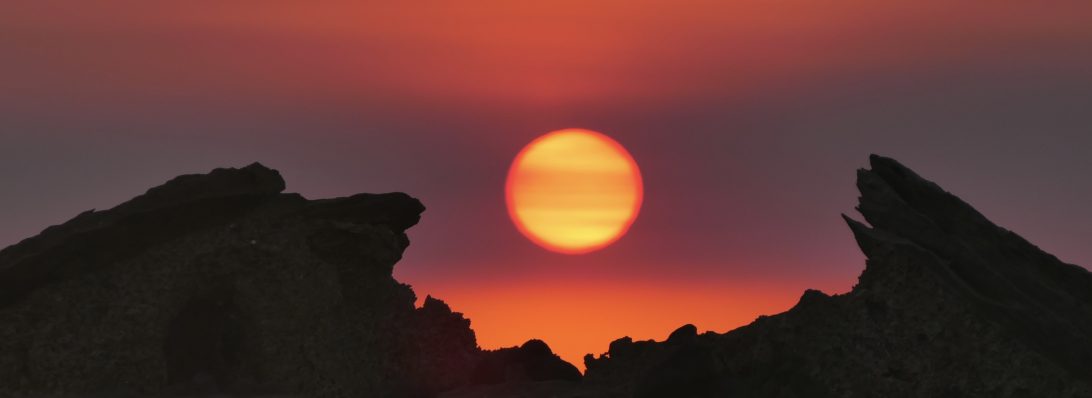A relatively new dolphin species, the Snubfin dolphin, wasn’t discovered in Australia until 2005. Most live in the Northern Australian waters, with only a few sightings of the species extending up as far as Papua New Guinea. No global population is known, however, the population is estimated to be extremely low, and is likely to be diminishing. Roebuck Bay, off the coast of Broome is a noted hot spot for the species with a population of less than 200.
Personal research indicates if care isn’t taken, the species may be gone in the blink of an eye with virtually only one generation having had the joy of knowingly witnessing this unique species of mammal.
Resembling the South East Asian Irrawaddy Dolphin, their blunt, rounded heads present a totally different looking marine mammal than the bottle nosed dolphin we’re familiar with in Australia. The neck is a distinct, functional feature that allows the animal to turn it’s head without turning it’s body.

They feed on fish, squid and crustaceans, and use a unique technique known as ‘spitting’ to catch fish. They will spit a metre or so in front of their prey, causing them to panic and change direction – often reversing direction straight back into the dolphins mouth.
We recently went out on an eco/dolphin tour with Cameron and his crew from Broome Whale Watching. The main purpose of the tour was to learn about, and see the unique Snubfin dolphin.
The species are found in groups averaging around five, but sometimes up to 15. As we headed out into Roebuck Bay in search of our main subject, Cameron’s commentary of Roebuck Bay gave us a good insight into the unique environment the Snubfin lives in. We came across a few other marine creatures, including a giant Mantaray, before a family group of nine Snubfins was spotted. This group was engrossed in having some ‘fun family time’, so we were able to drift in close to watch them at play.
When Snubfins socialise they form tight groups, and roll around interacting intensely with each other. They even blow ‘raspberries’ – true!!! At these times they seem oblivious to anything other than each other, making them particularly vulnerable to vessel strikes. The intensity of their play, shallow waters, and the high speed of boats means that the dolphins are unlikely to react in time to get out of the way of boats. In addition, the overlap between the dolphins foraging area and recreational fishing zones increases the risk of injury to these unique marine mammals. In a recent study 63% bore the scars from vessel strikes, fishing nets, or fishing lines. The group we stopped and watched from a safe and respectful distance clearly showed some of the scars.

When playing they interact with each other very closely making them difficult to photograph with our little camera. That new camera is rapidly changing status from being a ‘want’ to becoming a ‘need’, and will be with us very soon I should think.
Every so often the group would all dive together, seemingly giving us a united wave goodbye with their tails. It wouldn’t take long for them to surface again though, and Cameron would manoeuvre his boat around and drift in close allowing us to watch them a little longer.

Currently under Australian legislation, the Australian Snubfin Dolphin is simply listed along with other whales and dolphins. Reviewing and uplisting the current conservation status of the Snubfin to ‘threatened’ is imperative if we’re to avoid a repeat of reaching the recent extinction of the Yangtze river dolphin.
Thankfully we have tour operators like Cameron and his crew from Broome Whale Watching Tours who care about these creatures and the environment they live in. Their livelihood depends on it. I personally would love to see a slight increase in tour operators, and commercial fishing charters, and a significant decrease in individual motor boat and jet skis operators. Some people would disagree, believing the charter boat operators to be unscrupulous. Possibly some can be, but their livelihood depends on the environment and it’s creatures remaining healthy. My gut feeling is there are enough Australian operators with an eye on conservation and the sustainability of eco tourism to keep the unscrupulous operators in line.
If the tour operators can stimulate their client’s interest, they increase the chances of the masses aiding any future conservation efforts. My interest was certainly stimulated. They’re amazing creatures, unlike any other dolphin I’ve seen before. I hope my great-grandchildren also get to see them.
A morning out on the turquoise waters of Roebuck Bay, watching Snubfin Dolphins at play – what a pleasure.
